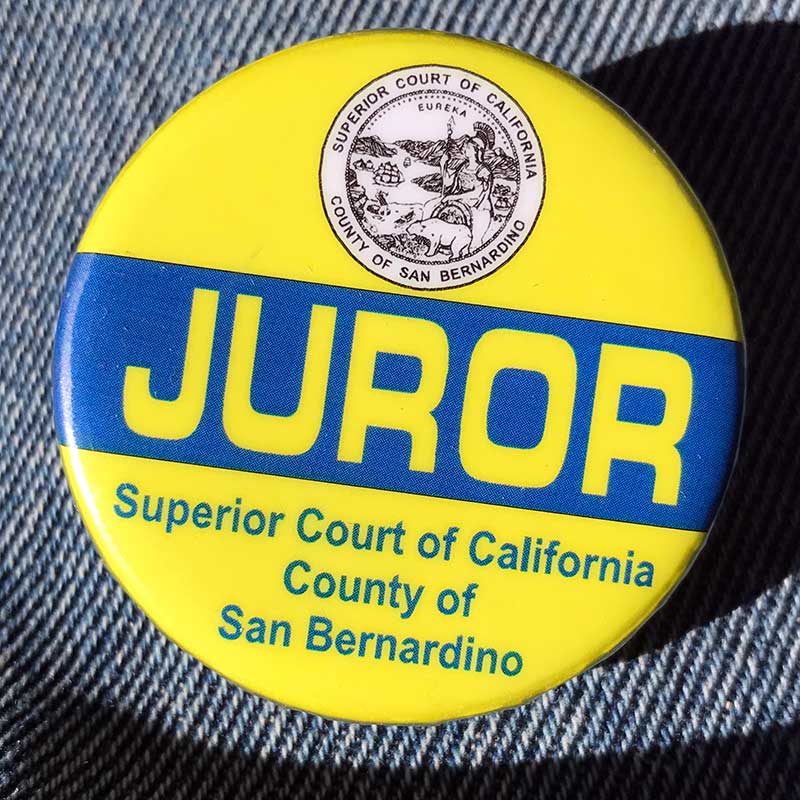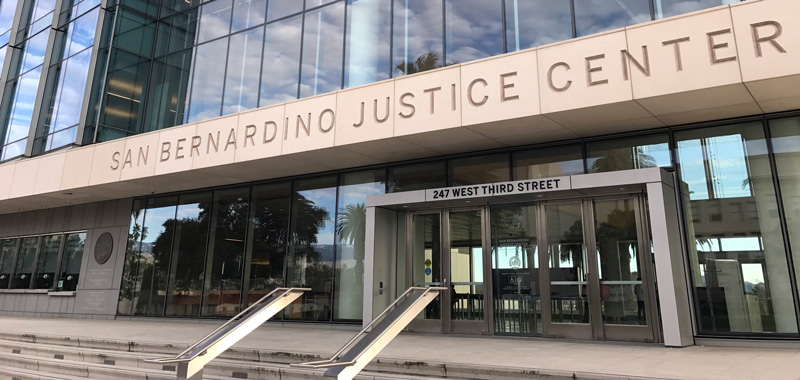In the Court Room
So I took the elevator to the 7th floor. Here is where the court room I was assigned to. We gather outside and waited. The bailiff brings us in. Inside, the attorneys, plaintiff, defendant, clerk, court reporter await us. Once we all settle in, the judge comes in. The judge introduces himself and informs us that this is a civil case and not a criminal one. He explains that one of the differences between the two is that in a criminal case, the prosecutor bears the burden of proof (beyond a reasonable doubt) and that all 12 jurors must agree on the verdict. Where as in a civil case, the standard of proof is lower – more likely to be true than not true. This is where it gets a bit confusing but as you go forward, it gets a little clearer. Majority of the jurors have to agree, which is 9 of 12 jurors rather than all 12.
Jury Selection Begins
The judge starts to go through a list of circumstances. If any of it applies, you will need to inform the court room. These circumstances include medical conditions, medical appointments, if a procedure will be done during the trial and recovery will not allow you to serve, last-minute plans that can’t be scheduled, transportation issues, etc. It is similar to what is listed on the summon letter but they have to go through it again, this time in front of the courtroom. The judge will ask a few more questions and he will decide whether the reason(s) is excusable.
After he goes through his list and everyone who needed to provide their excuse has finished, we go on a recess. During the recess, he decides from those who shared additional circumstances whether or not they will be excused. We go back in the court room after 20 minutes. He announces those who are excused.
Jury Box Interviews
The people who are left will now be randomly called in the jury box. The clerk selects 12 random people. They sit down in the jury box and is greeted with about 12 questions. Here are some of the questions I remember.
- What is your work?
- Highest level of education completed.
- Do you know any one in law enforcement?
- Do you any of the attorneys or anyone involved in the case?
- Will you fair and impartial?
- A few other ones that’s somewhat related to the case.
The judge then goes to each of the 12, have them answer the questions, then he asks a few more depending on the answer given. Once the 12 are finished, the attorneys take turn asking their questions. After their questions, the attorneys take turn excusing jurors. Each time a juror is excused, the clerk randomly selects a replacement and the process starts over until both attorneys are satisfied.
Alternate Jurors
Once they settle on the 12 jurors, they select 2 more for alternates. I was called up as the first alternate. The process once again starts over and repeated. I was picked as an alternate. The judge then talks to the alternates (myself and another gentleman) and he explains the same responsibilities as a regular juror except that there’s a huge chance that we won’t be deliberating because we are just alternates. He asked if we were okay with it. I said yes.
This process has taken 3 days. We were finally ready to begin. We were given a pen, a steno pad, and a juror badge that we instructed to wear at all times in the courthouse. This is to ensure that attorneys, witnesses, and those involved in the case won’t mistakenly start talking to any of us – regardless of the topic. He explains that from far away, it doesn’t look right and may imply a certain unfairness to either party.


Leave a Reply